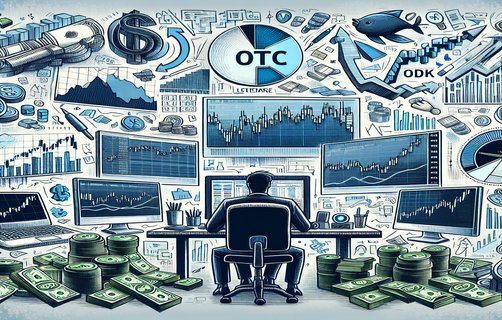
Agile Alchemy: Navigating Unpredictable Variance to Corporate Resilience
The morning air was alive with the scent of possibility, as if the future itself had whispered hints to those daring enough to listen. In an era where unpredictability meets opportunity, companies are embracing agile methodologies to boost operational dynamics and capture emerging advantages.
Understanding the Agile Paradigm in Modern Business
Businesses today face a landscape reminiscent of a Monte Carlo simulation – dynamic, risk-intensive, and intrinsically volatile. When juxtaposed with strategies like extrawin initiatives and cautiousbetting frameworks, agile methodologies emerge as a beacon, allowing firms to react with precision to sudden market tremors. A key element is riskspreading; just as financial systems depend on bonusplan strategies to stabilize returns, companies can diversify their operations through agile sprints and continuous improvement cycles.
From Theory to Practice: Implementing Agile in Your Organization

Successful agile adoption starts not with a rigid blueprint but with a mindset that welcomes adaptable experimentation. Here are some practical tips:
- Embed Cross-Functional Teams: Assemble diverse groups that can pivot quickly. Just like the pickme strategy encourages selecting the optimal play in an unpredictable variance environment, cross-functional teams can harness varied skills to consistently deliver value.
- Embrace Short Development Cycles: Utilize iterative cycles that allow you to monitor progress and adjust strategies as needed. This mirrors the cautiousbetting approach when running controlled experiments in riskspreading scenarios.
- Leverage Real-Time Analytics: Implement systems that offer actionable insights. Think of it as applying extrawin detection in agile landscapes, where immediate feedback loops bolster decision-making.
- Foster a Culture of Innovation: Enable brainstorming sessions and continuous learning, reminiscent of a bonusplan that rewards creative problem-solving and adaptive thinking.
For instance, a multinational tech firm redefined its product roadmaps using agile rituals, reducing time-to-market by 30% and cultivating a proactive employee culture. Another case in point, a startup adopted a Monte Carlo mindset with riskspreading techniques to pilot and scale multiple project ideas concurrently, demonstrating the versatility of agile practices in varied environments.
Interactive Insights and FAQs
If you are considering agile methodologies, reflect on these questions:
- Which agile practice has already transformed your work environment?
- How does your organization handle riskspreading in uncertain markets?
- What real-time tools do you rely on to monitor project iterations?
- How can companies integrate a bonusplan mindset to foster innovation?

FAQs
Q1: What is agile methodology?
A: Agile methodology is an iterative approach to project management emphasizing incremental progress, regular feedback, and adaptive planning.
Q2: How can agile practices reduce risk?
A: By breaking projects into manageable sprints and maintaining continuous review cycles, agile methods allow teams to identify and mitigate risks early.
Q3: What types of companies benefit most from agile?
A: Organizations facing rapidly changing markets, high competition, or complex projects tend to gain the most from adopting agile methodologies.


Comments
Alice
This article sparks a revolution in thinking! I loved how it connected agile practices with concepts like Monte Carlo simulations and riskspreading.
李雷
阅读起来真是让人耳目一新,文章将敏捷方法与实际案例结合,非常实用!
Chris
The vivid metaphors and practical tips made the agile transformation process feel accessible and innovative. Kudos!
小红
文章将传统思维与敏捷创新相结合,给人很多启发,互动问题也很有趣!